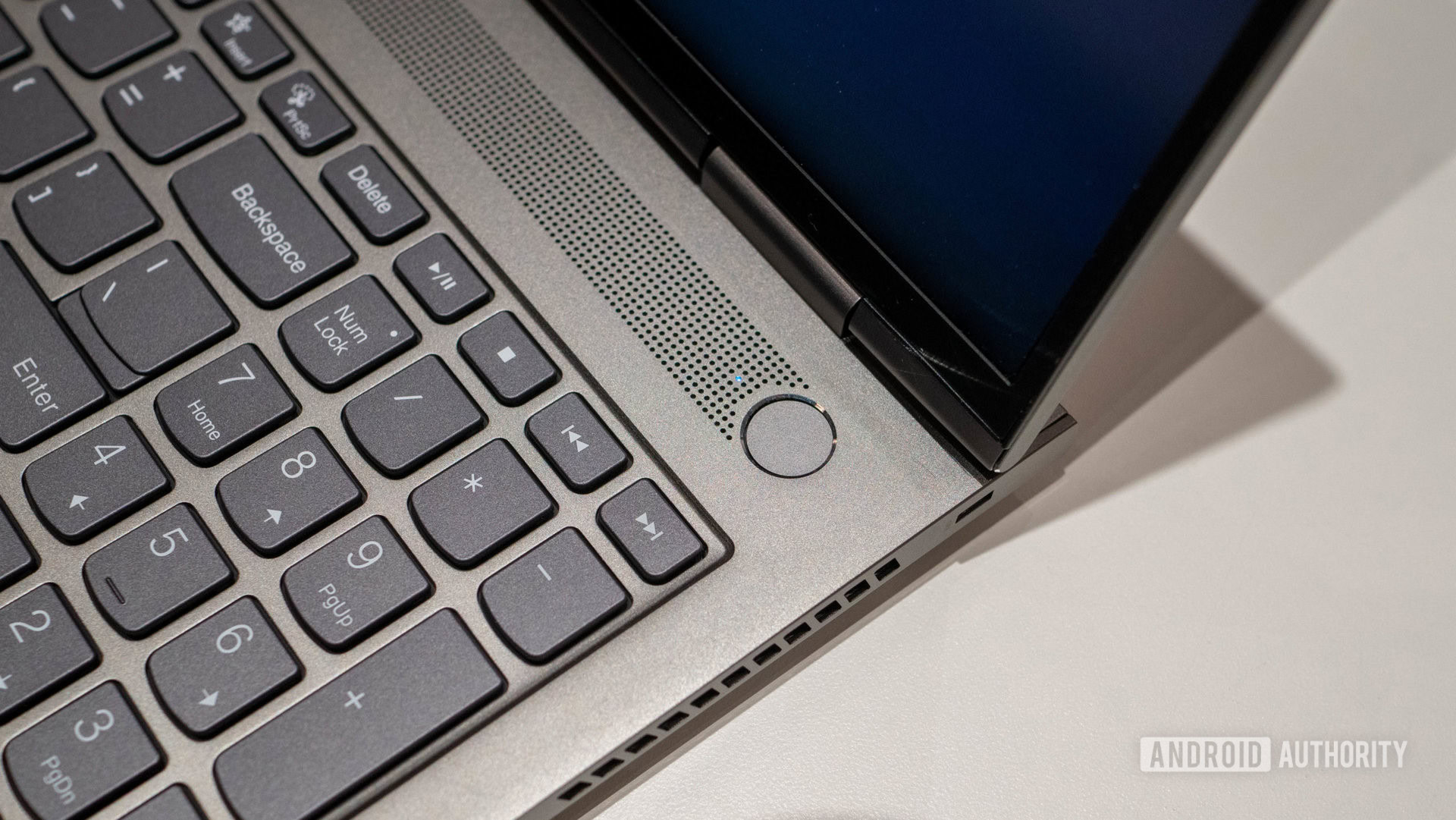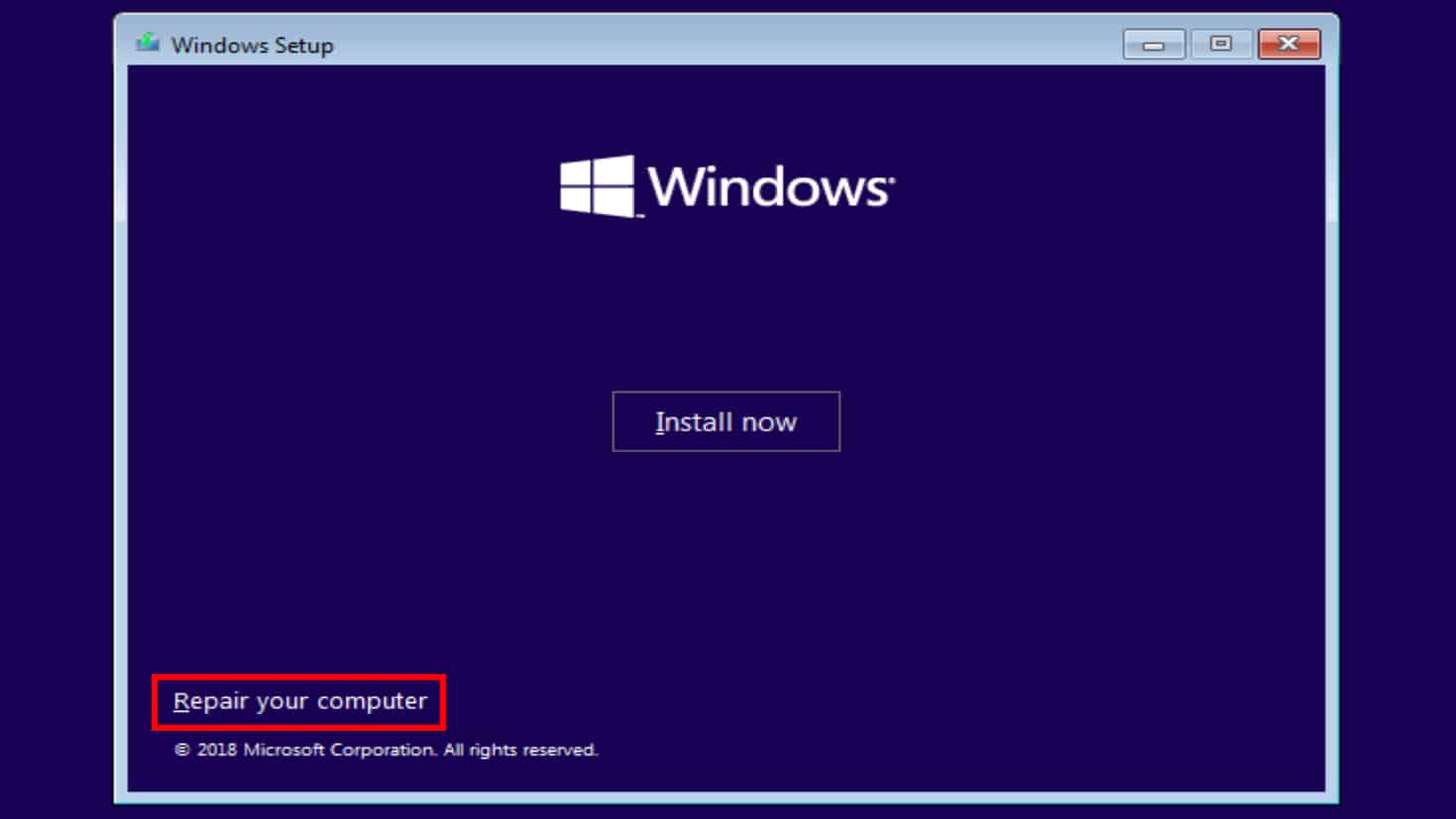Affiliate links on Android Authority may earn us a commission. Learn more.
How to enter BIOS on your Windows PC
Published onApril 24, 2023
If you need to change some settings on your computer, here’s how to enter BIOS on your Windows PC. Note that we’re using “BIOS” as a generic term here that includes UEFI.
QUICK ANSWER
To access the BIOS through windows, open Start > Settings > Update & Security > Recovery. Then, under Advanced Startup, click on Restart now. After that, choose Troubleshoot and confirm your selection.
Alternatively, you can press the BIOS access hotkey for your device after startup. These may vary depending on the model of your computer. Some common ones are listed below.
JUMP TO KEY SECTIONS
How to enter BIOS on your Windows PC
There are two methods to access the BIOS on your PC. We’ll cover them and explain how each works below.
Using the restart options in Windows 10, 8.1, and 8
Windows 10 lets you restart into the BIOS of your computer by following a few simple steps:
- Open Start > Settings.
- Click on Update & Security.
- Open Recovery.
- Under Advanced startup, click on Restart now.
- Choose Troubleshoot.
- Click UEFI Firmware Settings.
- Confirm your selection.
After you confirm your choice, your PC will restart into the BIOS.
Using a hotkey during startup

If you’re using an older version of Windows, don’t see the UEFI option, or want an alternative, you can also access the BIOS by pressing a hotkey during startup. This key may vary depending on the model of your computer, when it was made, and the particular BIOS it uses. You’ll have to press this key right after you turn on your PC to get to the BIOS. Below, you’ll find some common hotkeys for many models of PCs.
- Acer: F2 or DEL
- Asus: F2 for PCs, F2 or DEL for motherboards
- Dell: F2 or F12
- HP: ESC or F10
- Lenovo: F2 or Fn + F2
- Lenovo (Desktops): F1
- Lenovo (ThinkPads): Enter + F1
- MSI: DEL for motherboards and PCs
- Microsoft Surface: Press and hold the volume up button
- Origin PC: F2
- Samsung: F2
- Sony: F1, F2, or F3
- Toshiba: F2
- Zotac: DEL
If you aren’t sure which key to press to access the BIOS, try looking at the documentation that came with your PC or check the manufacturer’s website.
What to do if you can’t get to the BIOS
Sometimes, you may be unable to access the BIOS of your PC. If that happens, here are some things you can try to fix the problem.
Disable fast startup
Fast startup, as the name implies, lets your PC boot faster, but this can mean you don’t have enough time to hit the BIOS access hotkey. To disable fast startup, do the following:
- Open Start > Settings > System > Power > Power & sleep.
- Click on Additional power settings.
- Click on Choose what the power button does.
- Uncheck Turn on fast startup.
Next time you turn your PC off and on, it should boot up slower, giving your more time to press the BIOS access hotkey.
Try using an emergency boot disk

If something has gone quite wrong and you cannot even access the BIOS without seeing a crash or blue screen of death, you may need to try a recovery disk. Sometimes, these come with your PC, so check the box if you still have it. If you don’t, you can try a third-party option like Herin’s BootCD. While we can’t vouch for these, the basic procedure is as follows:
- Install the emergency boot disk software onto a CD, DVD, USB drive, or another form of removable storage compatible with your PC.
- Insert the boot CD into your PC.
- Turn on the PC and follow the on-screen instructions. It may take some time for the boot disk software to load.
FAQs
Both should work, and you can try them each to see which one makes it easier.
No, even if you access the BIOS through Windows, your computer will still restart.